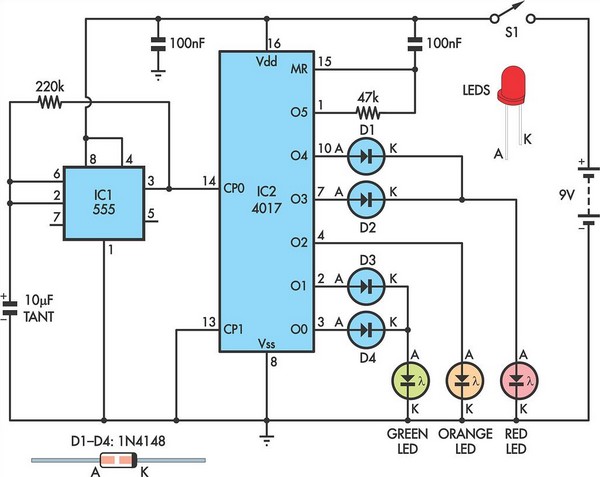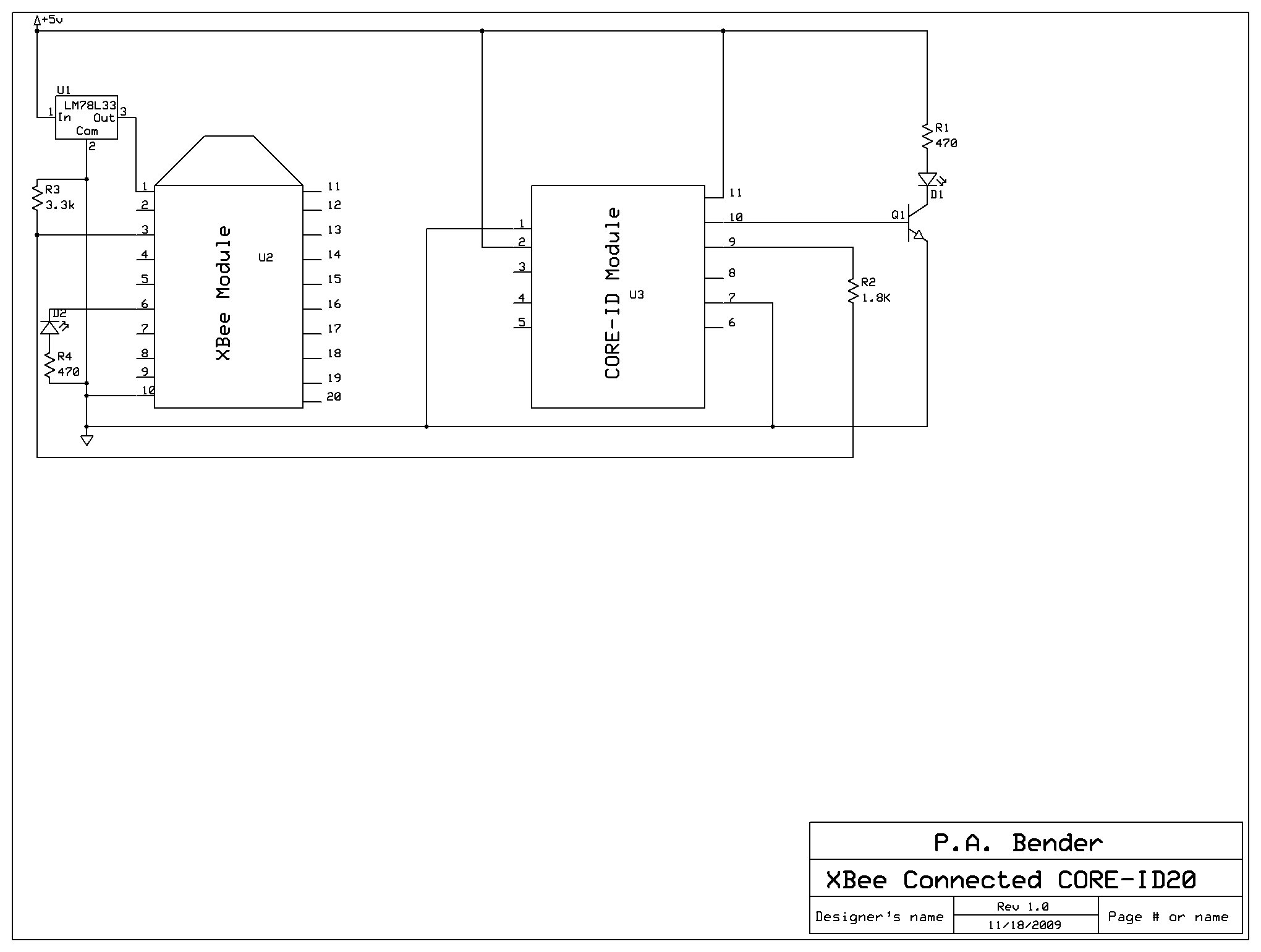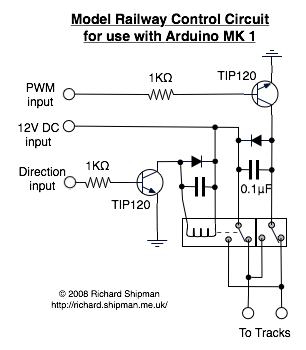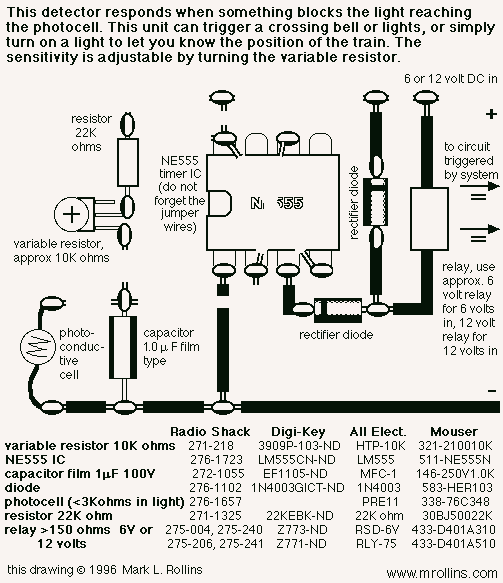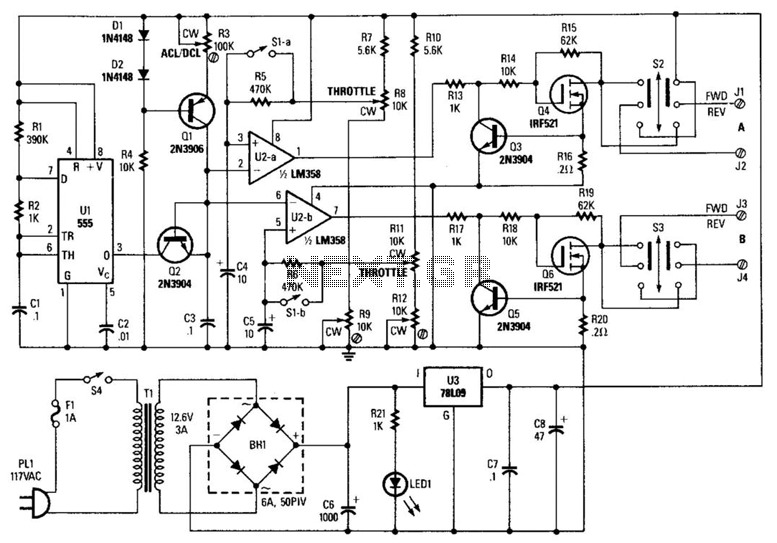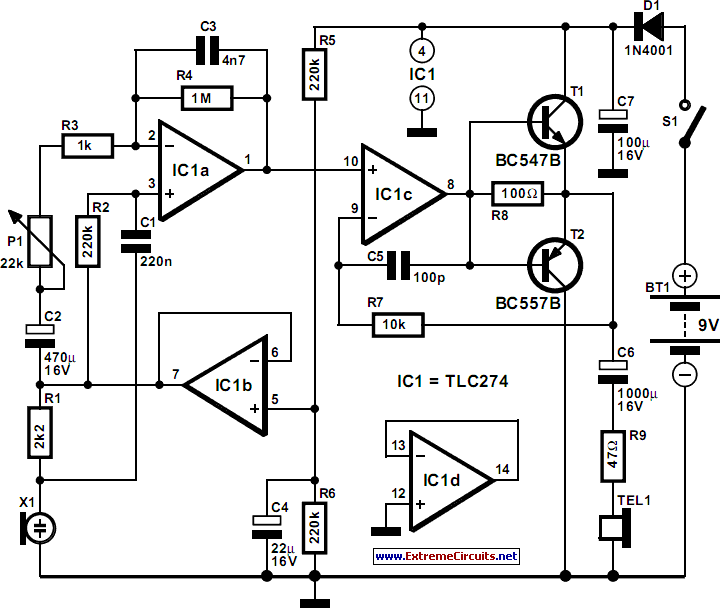
Multi-physics Model
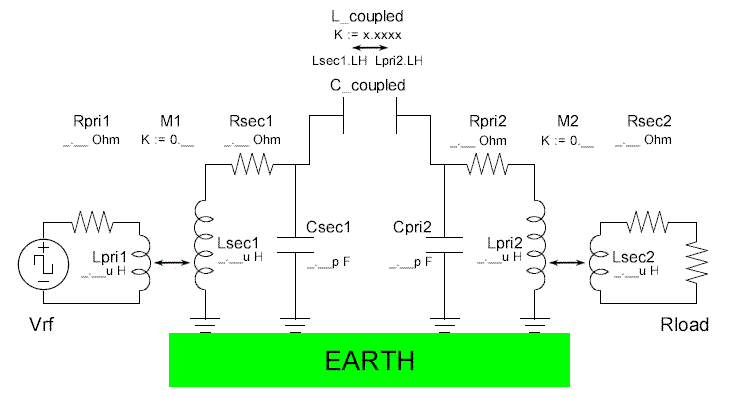
The objective is to demonstrate that the electrical field energy produced by a well-designed Tesla coil transmitter can be detected by a sensitive, well-tuned Tesla coil receiver placed at distances exceeding a few wavelengths. The current investigations involve scaled-down versions of Tesla's wireless system, which can be assembled by typical Tesla coil experimenters. The operational power levels are insufficient to excite earth resonance or cause significant atmospheric ionization around and above the transmitter. No provisions are made for generating vertical ionizing beams originating from the elevated terminals, projecting up to an elevation of approximately 8 km, where conductivity can be more easily imparted to the air. Measurements of the radio-wave emissions from the refined Tesla coil transmitter are conducted following guidelines established in "FCC Methods of Measurements of Radio Noise Emissions From Industrial, Scientific, and Medical Equipment." The instrumentation for measuring the radio-wave field strength includes a spectrum analyzer with a preamplifier for improved sensitivity, connected to a balanced tuned magnetic ferrite loop antenna. A conventional radio transmitter with a tuned air loop antenna is utilized to test the efficacy of the radio wave emissions testing apparatus and for calibration purposes. The study aims to determine whether the electrical field energy is transmitted from the transmitter to the receiver via ordinary radio waves or through some unidentified mechanism. This can be demonstrated by showing that a sensitive radio receiver, capable of detecting signals from a radio transmitter operating at the same frequency as the Tesla coil transmitter, fails to receive a signal from the Tesla coil transmitter itself. Additionally, if a radio signal is present that is insufficiently strong to account for the energy received by the Tesla coil receiver, it supports the hypothesis. The fundamental assumptions behind this comparative study of a radio wave transmission-reception system and a "Tesla wave" transmission-reception system include: 1) Emissions from grounded Tesla coil transmitters are predominantly non-radiating with reduced emissions in the form of radio waves. 2) Radio receivers connected to conventional non-grounded or non-counterpoise radio antennas are more sensitive to radio waves than to the non-radiating electromagnetic field energy from Tesla coil transmitters. Non-grounded radio antennas can be constructed to approach the performance of an ideal radio antenna. 3) Grounded Tesla coil receivers exhibit greater sensitivity to non-radiating energy from Tesla coil transmitters compared to vertically polarized radio space waves. Grounded Tesla coil transmitters and receivers can be constructed to achieve near-perfect performance. 4) Radio transmitters with tuned grounded or ground plane counterpoise antennas can emit electromagnetic field energy associated with Tesla coil transmitters, and receivers with this type of antenna can collect this predominant form of energy. Therefore, if energy from a Tesla coil transmitter is effectively collected by a Tesla coil receiver, but not by a radio receiver connected to an ungrounded magnetic loop antenna—while the radio receiver does collect energy from a radio-wave transmitter connected to an ungrounded magnetic loop antenna, all operating at the same frequency—then the energy collected by the Tesla coil receiver is not.
The experimental setup for this investigation involves constructing a Tesla coil transmitter and receiver system, ensuring that both components are finely tuned to operate at the same frequency. The Tesla coil transmitter is designed to generate high-voltage, high-frequency electrical fields, while the receiver is engineered to detect these fields accurately. The transmitter's design includes a resonant circuit capable of producing a high-voltage output, which is essential for efficient energy transfer.
The measurement apparatus consists of a spectrum analyzer that provides a detailed analysis of the frequency spectrum of the emitted signals. The preamplifier enhances the sensitivity of the measurements, allowing for the detection of weak signals that may be present due to the non-radiating emissions from the Tesla coil transmitter. The balanced tuned magnetic ferrite loop antenna is crucial for capturing the electromagnetic fields generated by the transmitter, as it is designed to be sensitive to the specific frequency of interest.
Calibration of the testing apparatus is performed using a conventional radio transmitter, which serves as a benchmark for assessing the performance of the Tesla coil system. This step is vital to ensure that the measurements taken are accurate and reliable.
The comparative study focuses on the reception capabilities of both the Tesla coil receiver and a conventional radio receiver. The results of these tests will provide insights into the nature of the energy transfer mechanisms involved in the operation of Tesla coil systems. By analyzing the differences in signal reception between the two types of receivers, conclusions can be drawn regarding the characteristics of the electromagnetic fields produced by Tesla coil transmitters.
In summary, this investigation aims to deepen the understanding of the energy transfer processes in Tesla coil systems, exploring the distinctions between radiating and non-radiating emissions and their implications for wireless energy transmission.The goal is to repeat the demonstrations showing that the electrical field energy developed by a well-designed Tesla coil transmitter can be detected by a sensitive, well-tuned Tesla coil receiver placed at a distance exceeding a few wavelengths. The present investigations involve scaled-down versions of Tesla`s wireless system such might be assem
bled by the typical Tesla coil experimenter. The operational power levels are insufficient to excite earth resonance or result in massive atmospheric ionization in the vicinity around and above the transmitter. No provisions are made for the generation of vertical ionizing beams originating at the elevated terminals and projecting up to an elevation of say 8 km where conductivity can more easily be imparted to the air.
Measurement of the radio-wave emissions of the refined Tesla coil transmitter is made following guidelines set forth in "FCC Methods of Measurements of Radio Noise Emissions From Industrial, Scientific, and Medical Equipment. " The instrumentation for measuring the radio-wave field strength is a spectrum analyzer with a preamplifier for sensitivity improvement connected to a balanced tuned magnetic ferrite loop antenna.
A conventional radio transmitter with a tuned air loop antenna is used to test the efficacy of the radio wave emissions testing apparatus and for calibration purposes. It is to be determine whether the electrical field energy is being carried from the transmitter to the receiver by ordinary radio waves or if some other unidentified, mechanism is involved.
This might be satisfactorily demonstrated by showing that a sensitive radio receiver, one capable of detecting signals emanating from a radio transmitter operating at the same frequency as the Tesla coil transmitter, is not able to receive a signal from the Tesla coil transmitter itself, and if a radio signal is present that is of insufficient strength to account for the energy that is actually received by the Tesla coil receiver. The basic assumptions behind this comparative study of a radio wave transmission-reception system and a `Tesla wave` transmission-reception system are as follows: 1) The emissions associated with operating grounded Tesla coil transmitters are predominantly non-radiating with reduced emissions in the form of radio waves.
2) Radio receivers connected to conventional non-grounded or non-counterpoise radio antennas are more sensitive, to a degree yet to be determined, to radio waves than they are to the non-radiating electromagnetic field energy associated with operating Tesla coil transmitters. Non-grounded radio antennas can be constructed, the performance of which approach that of the perfect radio antenna.
3) Grounded Tesla coil receivers are more sensitive, to a degree yet to be determined, to the non-radiating energy associated with operating Tesla coil transmitters than they are to vertically polarized radio space waves. Grounded Tesla coil transmitters and grounded Tesla coil receivers can be constructed, the performance of which approach perfection in both cases.
4) Radio transmitters with tuned grounded or ground plane counterpoise antennas are also capable of emitting the form of electromagnetic field energy associated with operating Tesla coil transmitters and that radio receivers with this class of antenna are also capable of collecting the predominant form of electromagnetic field energy associated with operating Tesla coil transmitters. It follows that if the energy from a Tesla coil transmitter is well collected by the Tesla coil receiver, but not by the radio receiver connected to an ungrounded magnetic loop antenna, while at the same time the radio receiver does collect energy from a radio-wave transmitter connected to ungrounded magnetic loop radio antenna, all of them operating at the same frequency, then the energy from the Tesla coil transmitter that is collected by the Tesla coil receiver is not
🔗 External reference
The experimental setup for this investigation involves constructing a Tesla coil transmitter and receiver system, ensuring that both components are finely tuned to operate at the same frequency. The Tesla coil transmitter is designed to generate high-voltage, high-frequency electrical fields, while the receiver is engineered to detect these fields accurately. The transmitter's design includes a resonant circuit capable of producing a high-voltage output, which is essential for efficient energy transfer.
The measurement apparatus consists of a spectrum analyzer that provides a detailed analysis of the frequency spectrum of the emitted signals. The preamplifier enhances the sensitivity of the measurements, allowing for the detection of weak signals that may be present due to the non-radiating emissions from the Tesla coil transmitter. The balanced tuned magnetic ferrite loop antenna is crucial for capturing the electromagnetic fields generated by the transmitter, as it is designed to be sensitive to the specific frequency of interest.
Calibration of the testing apparatus is performed using a conventional radio transmitter, which serves as a benchmark for assessing the performance of the Tesla coil system. This step is vital to ensure that the measurements taken are accurate and reliable.
The comparative study focuses on the reception capabilities of both the Tesla coil receiver and a conventional radio receiver. The results of these tests will provide insights into the nature of the energy transfer mechanisms involved in the operation of Tesla coil systems. By analyzing the differences in signal reception between the two types of receivers, conclusions can be drawn regarding the characteristics of the electromagnetic fields produced by Tesla coil transmitters.
In summary, this investigation aims to deepen the understanding of the energy transfer processes in Tesla coil systems, exploring the distinctions between radiating and non-radiating emissions and their implications for wireless energy transmission.The goal is to repeat the demonstrations showing that the electrical field energy developed by a well-designed Tesla coil transmitter can be detected by a sensitive, well-tuned Tesla coil receiver placed at a distance exceeding a few wavelengths. The present investigations involve scaled-down versions of Tesla`s wireless system such might be assem
bled by the typical Tesla coil experimenter. The operational power levels are insufficient to excite earth resonance or result in massive atmospheric ionization in the vicinity around and above the transmitter. No provisions are made for the generation of vertical ionizing beams originating at the elevated terminals and projecting up to an elevation of say 8 km where conductivity can more easily be imparted to the air.
Measurement of the radio-wave emissions of the refined Tesla coil transmitter is made following guidelines set forth in "FCC Methods of Measurements of Radio Noise Emissions From Industrial, Scientific, and Medical Equipment. " The instrumentation for measuring the radio-wave field strength is a spectrum analyzer with a preamplifier for sensitivity improvement connected to a balanced tuned magnetic ferrite loop antenna.
A conventional radio transmitter with a tuned air loop antenna is used to test the efficacy of the radio wave emissions testing apparatus and for calibration purposes. It is to be determine whether the electrical field energy is being carried from the transmitter to the receiver by ordinary radio waves or if some other unidentified, mechanism is involved.
This might be satisfactorily demonstrated by showing that a sensitive radio receiver, one capable of detecting signals emanating from a radio transmitter operating at the same frequency as the Tesla coil transmitter, is not able to receive a signal from the Tesla coil transmitter itself, and if a radio signal is present that is of insufficient strength to account for the energy that is actually received by the Tesla coil receiver. The basic assumptions behind this comparative study of a radio wave transmission-reception system and a `Tesla wave` transmission-reception system are as follows: 1) The emissions associated with operating grounded Tesla coil transmitters are predominantly non-radiating with reduced emissions in the form of radio waves.
2) Radio receivers connected to conventional non-grounded or non-counterpoise radio antennas are more sensitive, to a degree yet to be determined, to radio waves than they are to the non-radiating electromagnetic field energy associated with operating Tesla coil transmitters. Non-grounded radio antennas can be constructed, the performance of which approach that of the perfect radio antenna.
3) Grounded Tesla coil receivers are more sensitive, to a degree yet to be determined, to the non-radiating energy associated with operating Tesla coil transmitters than they are to vertically polarized radio space waves. Grounded Tesla coil transmitters and grounded Tesla coil receivers can be constructed, the performance of which approach perfection in both cases.
4) Radio transmitters with tuned grounded or ground plane counterpoise antennas are also capable of emitting the form of electromagnetic field energy associated with operating Tesla coil transmitters and that radio receivers with this class of antenna are also capable of collecting the predominant form of electromagnetic field energy associated with operating Tesla coil transmitters. It follows that if the energy from a Tesla coil transmitter is well collected by the Tesla coil receiver, but not by the radio receiver connected to an ungrounded magnetic loop antenna, while at the same time the radio receiver does collect energy from a radio-wave transmitter connected to ungrounded magnetic loop radio antenna, all of them operating at the same frequency, then the energy from the Tesla coil transmitter that is collected by the Tesla coil receiver is not
🔗 External reference
